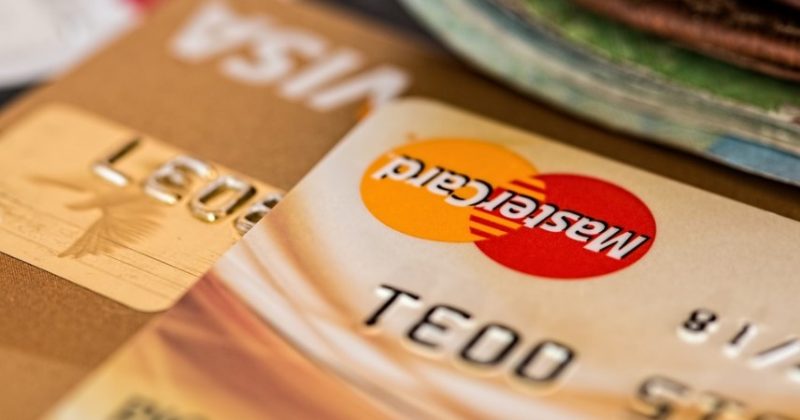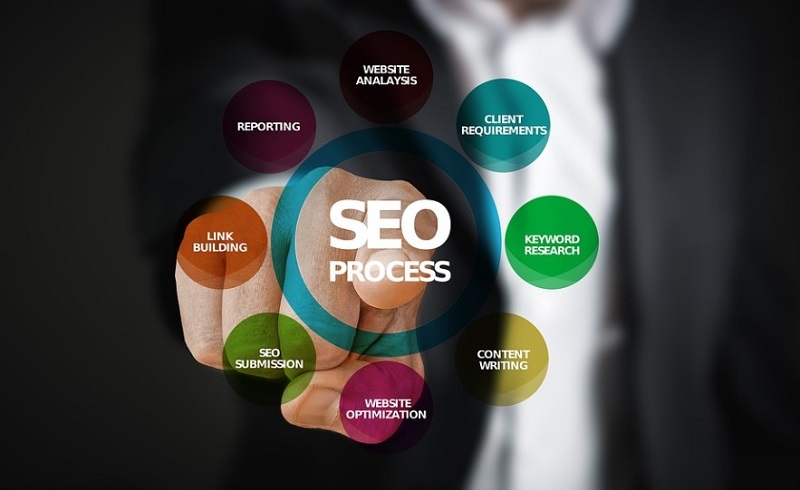Though it may not be the first thing you’ll think of when you set up shop, a rewards program can end up being one of the best strategic tools for your business growth. Enticing incentives like discounts, exclusive access privileges, or cashback can do a lot to encourage customer loyalty, as well as drive up sales. Because your customers feel appreciated every time they bring you business, your startup or small or medium-sized enterprise (SME) will reap the rewards of their continued loyalty.
If you don’t already have a rewards program in place, there are several models that you can use to appeal to your customers. Some of the most common are loyalty points programs that allow customers to accumulate points with each purchase, cashback programs that put money back in the customer’s pocket to incentivize future purchases, and referral programs that reward customers for expanding the business’s customer base.
How exactly can you use rewards to increase customer retention, drive up sales, and establish a positive reputation for your brand? Here are seven suggestions that you can incorporate into the design of your new rewards program:
1. Understand Your Audience
First, do some research about your customers’ preferences and purchasing behaviors. You can do this by conducting surveys, analyzing customers’ purchase history, or even just engaging them in direct conversations. Either way, you’ll need a clear understanding of what matters most to your customers in order to tailor your rewards program accordingly.
For instance, if your research reveals that your customers love having exclusive access to new products, consider offering early access or exclusive previews for new products as rewards to top buyers. If you align the program with your customers’ desires, you’ll increase the likelihood of them engaging with and remaining loyal to your brand.
2. Set Clear Objectives for Your Program
Your business objectives will direct the design of your rewards program. Do you intend to focus on customer retention, improve your sales growth, or attract new customers from other demographics? What if your establishment has recently acquired a Maya credit card terminal from Maya Business and you want to encourage more customers to complete cashless transactions?
Having specific, measurable objectives will help you create a rewards program that’s in line with your business goals. Moreover, your objectives will give you a clear means to evaluate the program’s success. For example, if your objective is to boost customer retention, your program may prioritize rewards for repeat purchases. Conversely, if you intend to attract new customers, it may be better to offer incentives to both the referrer and the new member. Again, clear objectives ensure that your program serves a purpose and provides a measurable return on investment or ROI.
3. Select the Right Rewards
The success of your rewards program hinges on the appeal of the rewards themselves. Rewards should be enticing and relevant to your customer base. To this end, you’ll need the data on your audience’s preferences and what types of rewards would motivate them to return to your business.
If you’ve found that your customers are price-conscious, discounts and cashback offers might be worth highlighting in your rewards program. Alternatively, if your business is part of the fashion industry, exclusive early access to new collections or limited-edition items might be the most appealing incentives to your fashion-forward customer base.
4. Keep the Program Simple
Simplicity is key when it comes to implementing a rewards program. Customers shouldn’t have a hard time grasping how the program works, what rewards they can earn, and how to redeem their rewards. An overly complex program with convoluted rules and tiers may just confuse participants, potentially deterring engagement.

Simplify the program by using straightforward language and clear instructions for all marketing campaigns and customer interactions. If you’re rolling out a loyalty points program, make it clear how many points customers can earn per purchase and what those points can be exchanged for. The simplest programs are the likeliest to inspire customer participation.
5. Plan for Marketing
Designing an attractive rewards program includes planning how to effectively market the program to your customers. Consider the best channels to reach your audience, whether it’s through email, social media, your website, or in-store signage.
Craft compelling messages that highlight the benefits of the program and how customers can participate. Use visuals, such as eye-catching graphics or videos, to grab their attention. In addition, consider leveraging customer data to send personalized invitations and reminders. Effective marketing ensures that your customers are aware of the program and its benefits, thus increasing their likelihood of getting involved.
6. Provide Your Customers with Choices
Customers have diverse preferences, which means that offering a variety of rewards or redemption options can enhance the attractiveness of your program. While some customers may prefer discounts or cashback, others might be enticed by exclusive experiences or early access to products.
Give your customers choices and more of them will end up participating in your rewards program. Consider having different tiers or categories of rewards to cater to various customer segments. The goal is to ensure that as many customers as possible can find something appealing in your program, which will increase their motivation to participate and remain loyal to your brand.
7. Track and Analyze the Results of Your Program
Lastly, to see if your rewards program works and to find ways to further improve it, you’ll need to track customer behavior and the program’s actual performance. Implement tracking mechanisms to gather data on customer engagement, redemption rates, and overall program success.
For example, if you want to promote cashless transactions by offering a rewards program, track the sales processed by your store’s Maya Terminal. Seeing the number of transactions that the Maya POS terminal was able to process every day for a week can help you determine if your program is working as intended. Use these insights to make informed decisions about program adjustments and improvements.
Designing an Effective Rewards Program is an Ongoing Process
Successful rewards programs are not static; they evolve based on customer feedback and performance data. Be open, then, to make adjustments and refinements based on your customer’s feedback and the data you’ve collected. Setting your sights on continuous improvement will help you ensure that your program remains effective and is properly aligned with your customer’s needs and your market’s dynamics.

Jason is the Marketing Manager at a local advertising company in Australia. He moved to Australia 10 years back for his passion for advertising. Jason recently joined BFA as a volunteer writer and contributes by sharing his valuable experience and knowledge.












